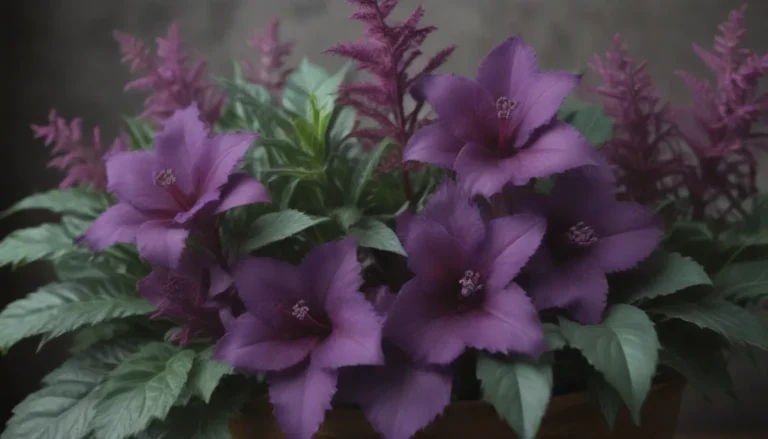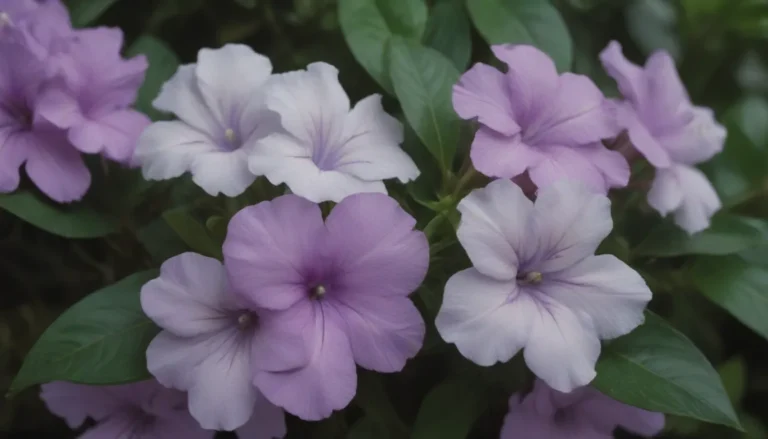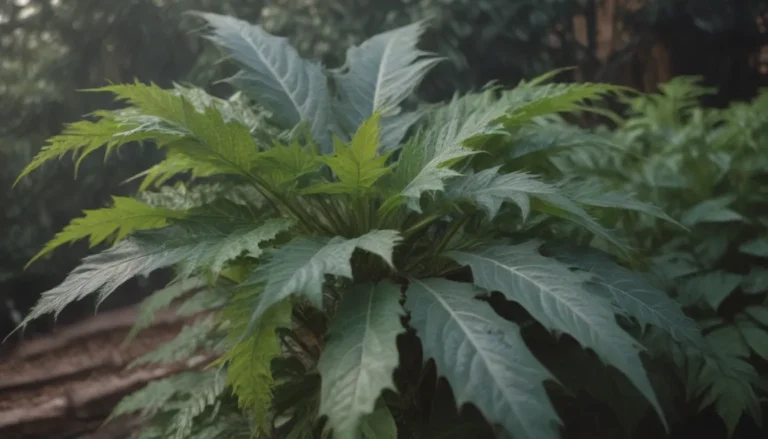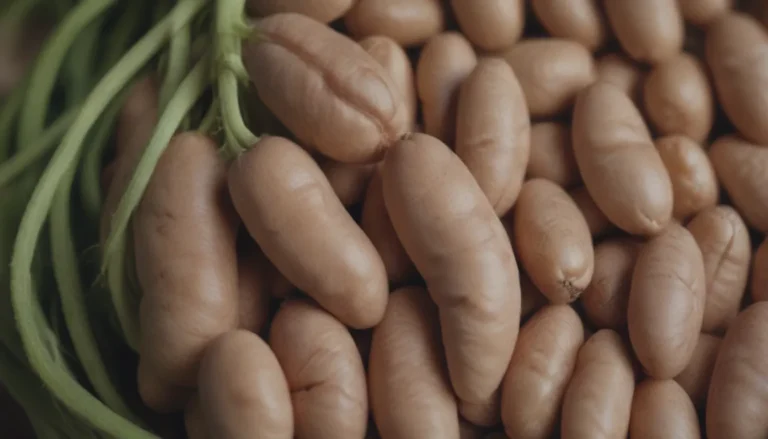How to Successfully Grow and Care for Your Epazote Plant
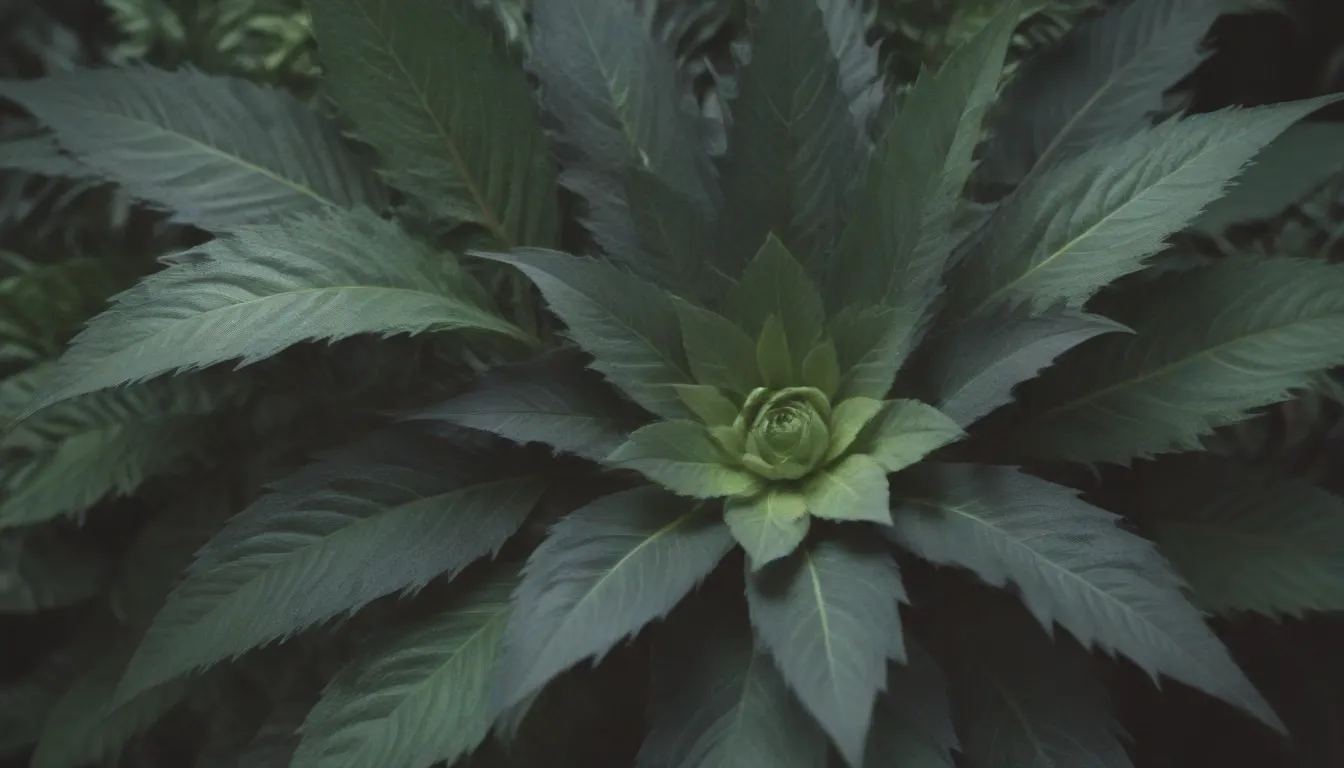
Have you ever wanted to add a unique flavor to your dishes and expand your culinary repertoire? Look no further than the epazote plant. This ambivalent edible herb is a staple in Mexican cuisine, known for its strong taste and aroma that some liken to a skunk. While it may not be for everyone, growing your own epazote plant is easy and rewarding. Not only does it provide you with a fresh and abundant supply of epazote leaves throughout the summer, but it also adds a touch of authenticity to your cooking that store-bought epazote just can’t match.
Getting Started: Planting Your Epazote
When it comes to planting epazote, timing and location are key. Here’s a step-by-step guide to get you started:
- Planting Time: Epazote should be planted in late spring after all danger of frost has passed.
- Sunlight: Choose a sunny location for your epazote plant to thrive.
- Spacing: Plant your epazote at least 2 feet apart to allow for adequate growth.
- Companion Planting: While epazote can inhibit the growth of nearby plants due to its compound ascaridole, it can also attract beneficial predatory insects that help control pests in your garden.
Caring for Your Epazote Plant
Epazote is a low-maintenance herb that can thrive in various conditions. Here are some essential care tips to keep your epazote plant healthy and happy:
- Light: Ensure your epazote plant receives full sun for optimal growth.
- Soil: Epazote can grow in a wide pH range and soil types, but avoid waterlogged soil.
- Water: Keep the soil evenly moist until the plant is established, then water sparingly.
- Temperature and Humidity: Epazote can tolerate light frost but will not survive harsh winters.
- Fertilization: Epazote typically does not require fertilization unless it shows signs of nutrient deficiency.
Harvesting and Using Your Epazote
Once your epazote plant is established and flourishing, it’s time to start harvesting and enjoying its flavorful leaves. Here’s how to make the most of your epazote harvest:
- Harvesting: Pick young, tender leaves in the morning for the best flavor.
- Flavor Intensity: The taste of epazote becomes stronger with age, so harvest accordingly to suit your preferences.
- Cooking Tips: Add epazote leaves to your favorite Mexican dishes for an authentic touch.
Growing Epazote in Containers
If you’re concerned about epazote spreading uncontrollably in your garden, consider growing it in a container. Here are some tips for container gardening with epazote:
- Container Size: A 1-gallon pot is ideal for a single epazote plant.
- Material: Choose a terra cotta pot for better moisture control and stability.
- Pruning: Regularly prune your epazote plant to prevent it from becoming invasive.
Propagating and Overwintering Your Epazote
Whether you’re starting your epazote plant from seed or want to overwinter it for continued growth, here are some key points to keep in mind:
- Propagation: Epazote is easily grown from seed and does not require vegetative propagation.
- Overwintering: In areas with harsh winters, treat epazote as an annual or bring it indoors to protect it from frost.
Common Pests and Diseases
While epazote’s strong aroma deters many pests, it can still fall victim to aphids, flea beetles, and other common garden pests. Keep an eye out for signs of infestation and take prompt action to protect your epazote plant.
In conclusion, growing and caring for an epazote plant is a rewarding experience that can enhance your culinary adventures. By following these tips and guidelines, you can successfully cultivate a thriving epazote plant that adds a unique flavor to your favorite dishes. So why not give it a try and bring a taste of Mexico to your garden and kitchen today!
